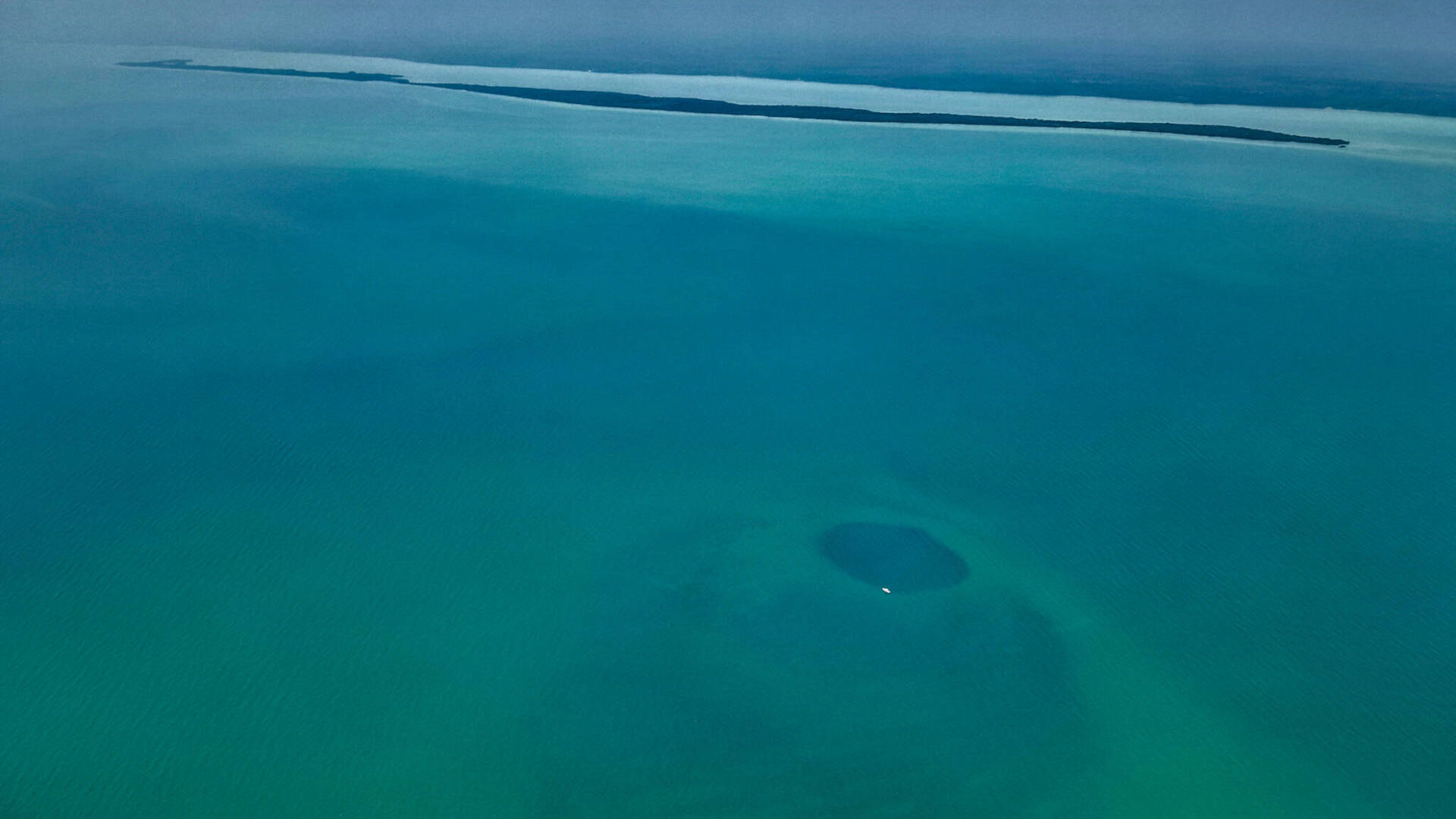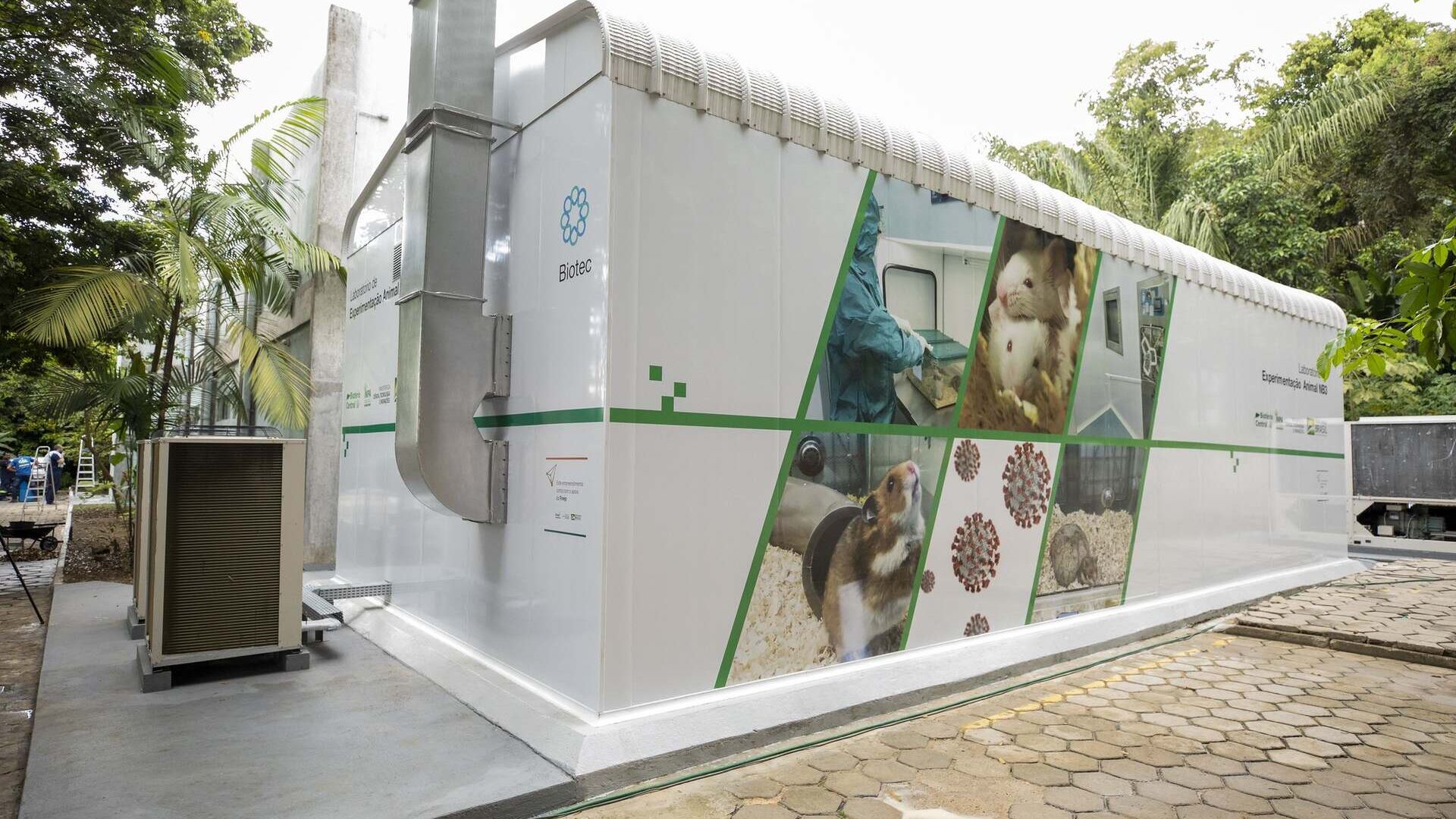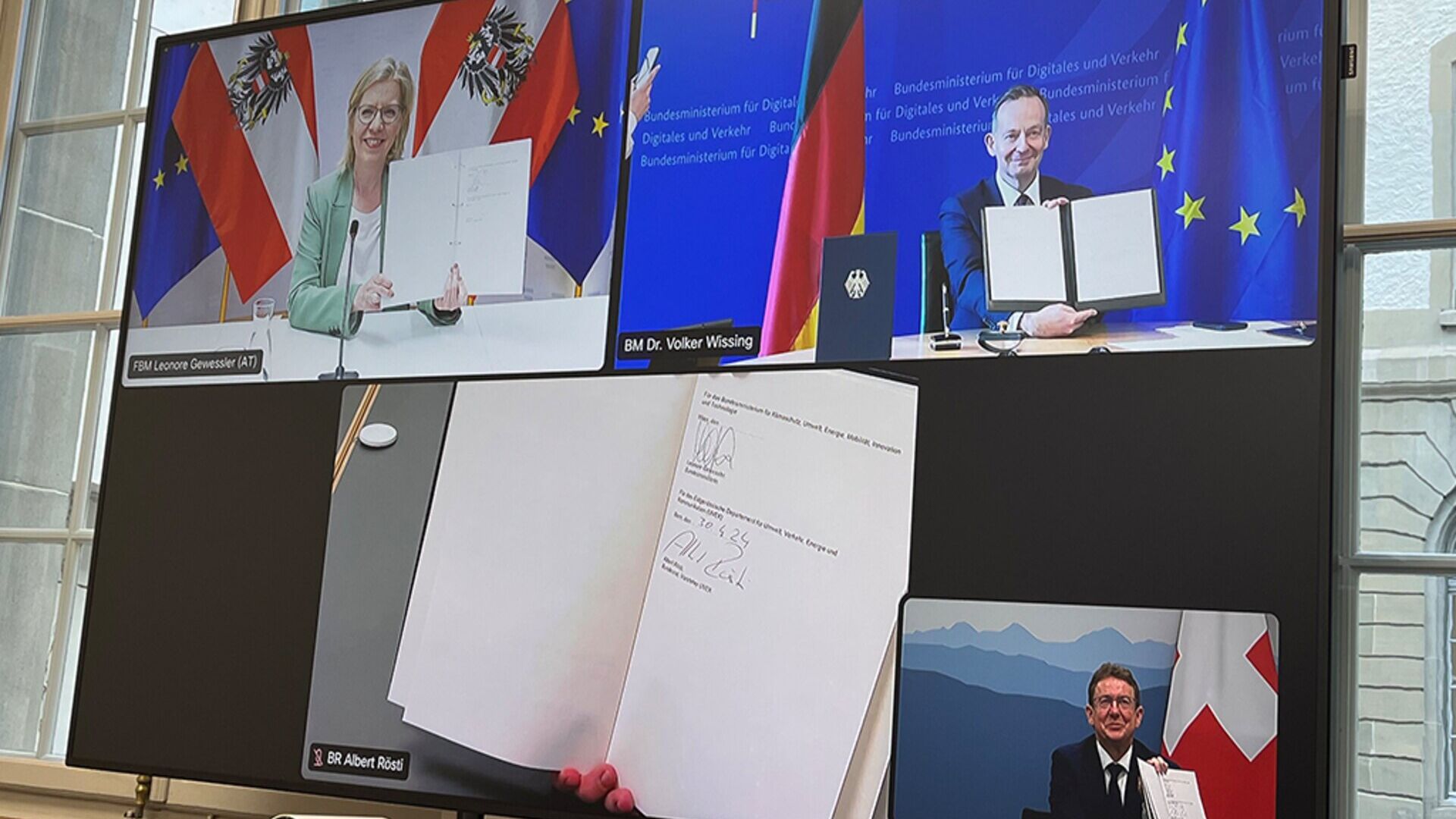Video, the three "green" islands of The Channels, Mangroves and Lagoon
In a video, the opportunities and characteristics of the innovative and sustainable Malaysian city of BiodiverCity, expected off the coast of Penang in 2030
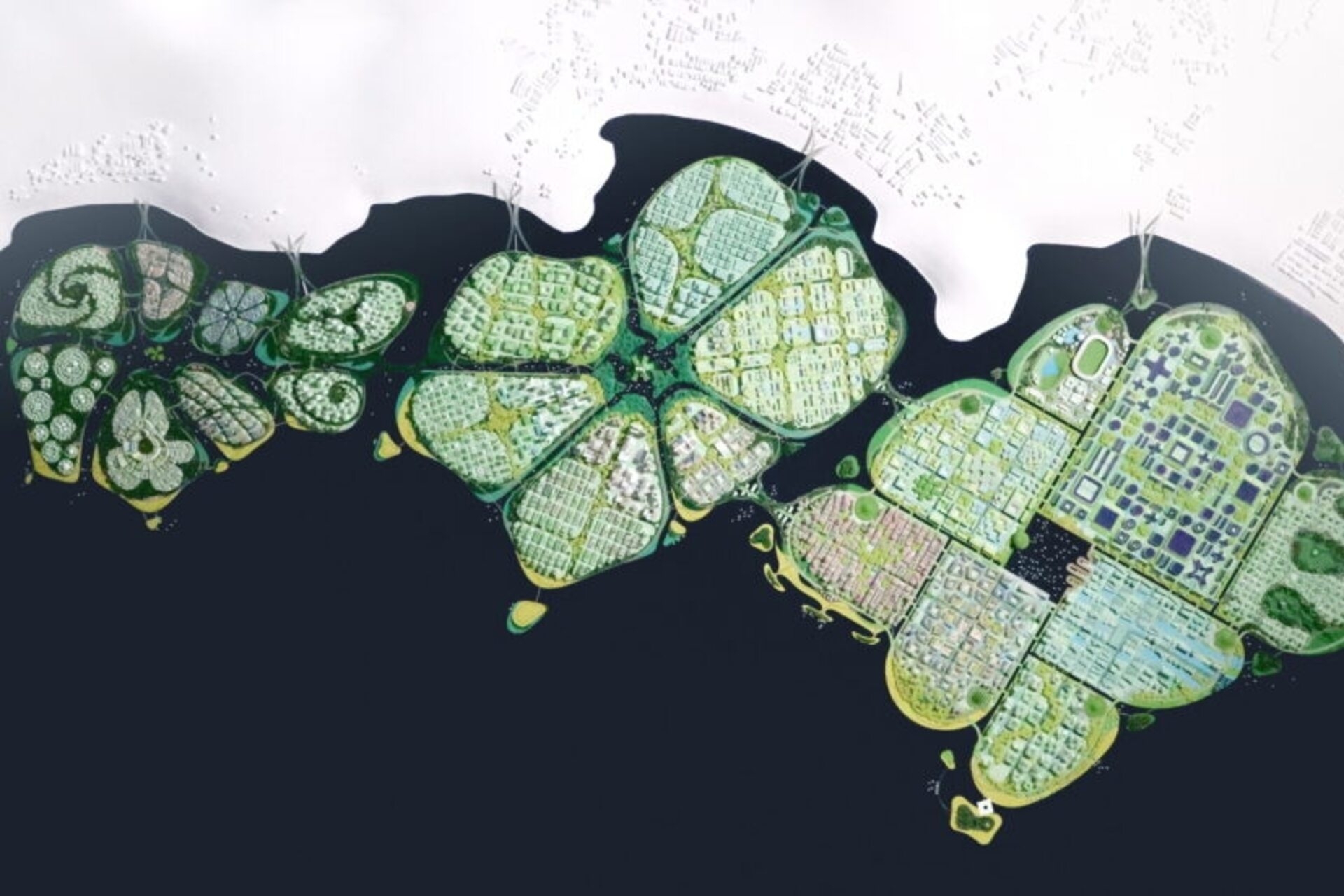
Innovation and Sustainability: Three Malaysian islands bring together mixed-use neighborhoods, will establish habitat connectivity and support fringe ecologies in urban reserves, parks, corridors and plazas.
BiodiverCity is one island city of Penang region conceived as an urban mosaic composed of a series of building design guidelines to mix programs, address pedestrian and mobility networks, build sustainably and harvest resources.
The buildings in the triad of Malaysian islands (The Channels, The Mangroves and The Lagoon) will be designed to operate efficiently and will largely be constructed from low-carbon materials, such as bamboo and local timber, in combination with “green” cement: it is about a sustainable alternativeand made from industrial waste and recycled materials.
By encouraging green roofs, facades and public and private open spaces, the three islands can form an almost continuous positive habitat agglomeration that spills into the forests, beaches, riparian zones and estuaries on the archipelago's fringes planet.
Eight "rocks" and smaller atolls will form a miniature archipelago, where floating, stilted and terraced houses will take advantage of the natural context of Tanjung Gertak Sanggul.
The Channels, BiodiverCity's first island, will be built in three complementary phases: in the first, active destinations will include a wave pool and technology park; in the second, a civic center will establish governance and research institutions in the area; in the third and last one, a cultural initiative will build on the heritage and vibrant creative energy of Penang's George Town to create a regional and international attraction.
As the heart of the district, The Channels' 500-hectare digital park will include space for research, development and local business opportunities.
The Mangroves, BiodiverCity's second and central business island, will be organized around a network of protected urban wetlands, which will create environments suited to the mangrove forests of the same name, an important natural infrastructure that serves as an effective powerhouse to sequester more four times the carbon of a typical forest.
At the heart of The Mangroves, the Bamboo Beacon will host important meetings, conferences and events, imparting the knowledge developed at BiodiverCity to the world.
The Lagoon, BiodiverCity's westernmost island, will be an oasis of eco-life, organized around a central marina.
Innovation and sustainability in Malaysia: discovering BiodiverCity
Photogallery, the Malaysian ecological and technological city of BiodiverCity
The three Malaysian islands of the future The Channels, The Mangroves and The Lagoon and Penang
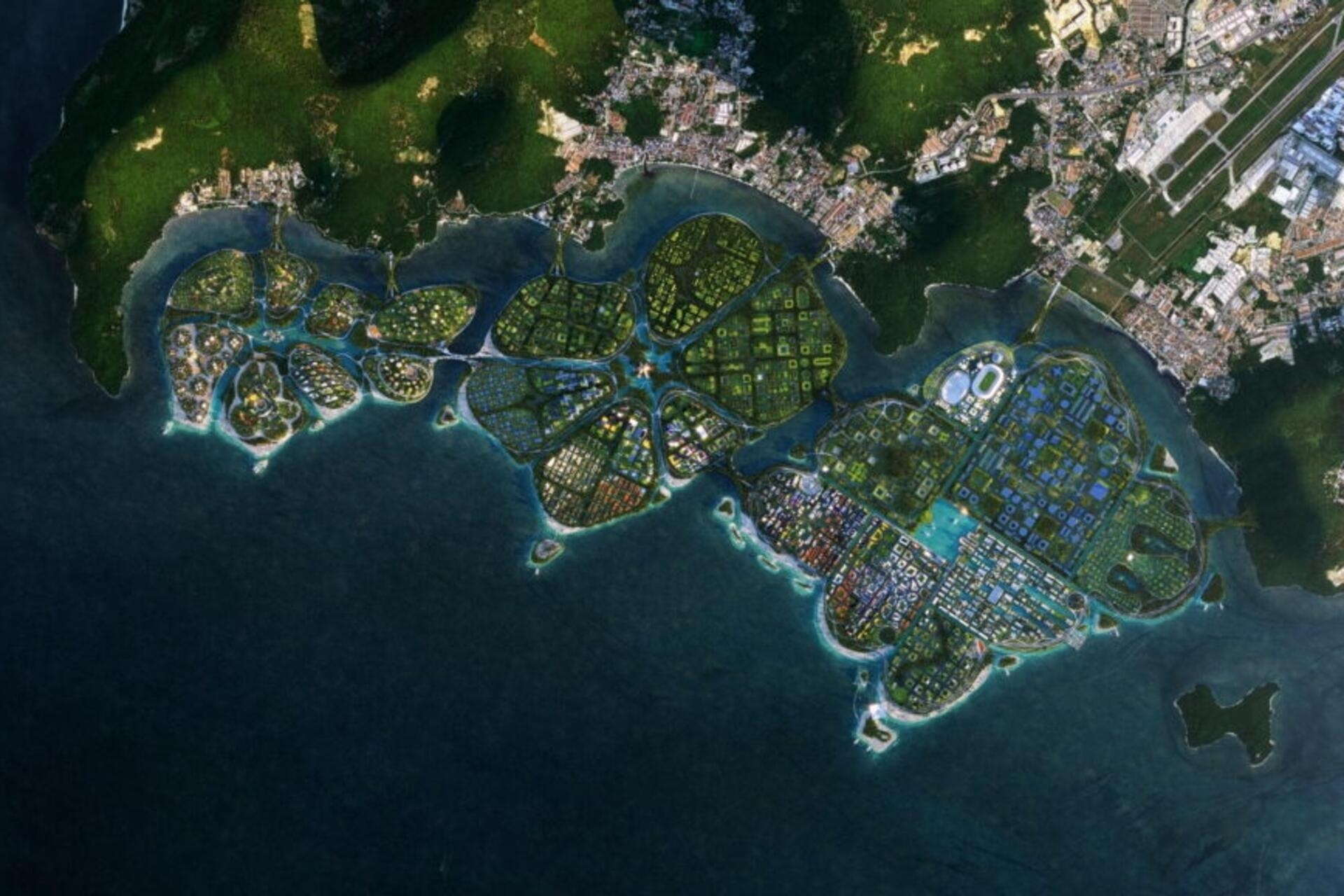
You may also be interested in:
Taam Ja' is the deepest “blue hole” in the world: the discovery
Marine cavity probed off Yucatan Peninsula, found four times deeper than previous record-breaking sinkhole in Belize
In Brazil the first meeting in the world between biosafety and synchrotrons
In Campinas, a NB4 level maximum biological containment laboratory will be connected to the light sources of a particle accelerator
In Alto Adige today EDIH NOI is the new point of reference for AI
4,6 million euros from the PNRR fund will be allocated to Bolzano for services to local companies in the digitalisation of intelligence…
by Editorial staff Innovando.NewsEditorial staff of Innovando.News
Austria, Germany and Switzerland for "more innovative" cargo railways
DACH Ministers Leonore Gewessler, Volker Wissing and Albert Rösti: the introduction of Digital Automatic Pairing is a key element
by Editorial staff Innovando.NewsEditorial staff of Innovando.News

